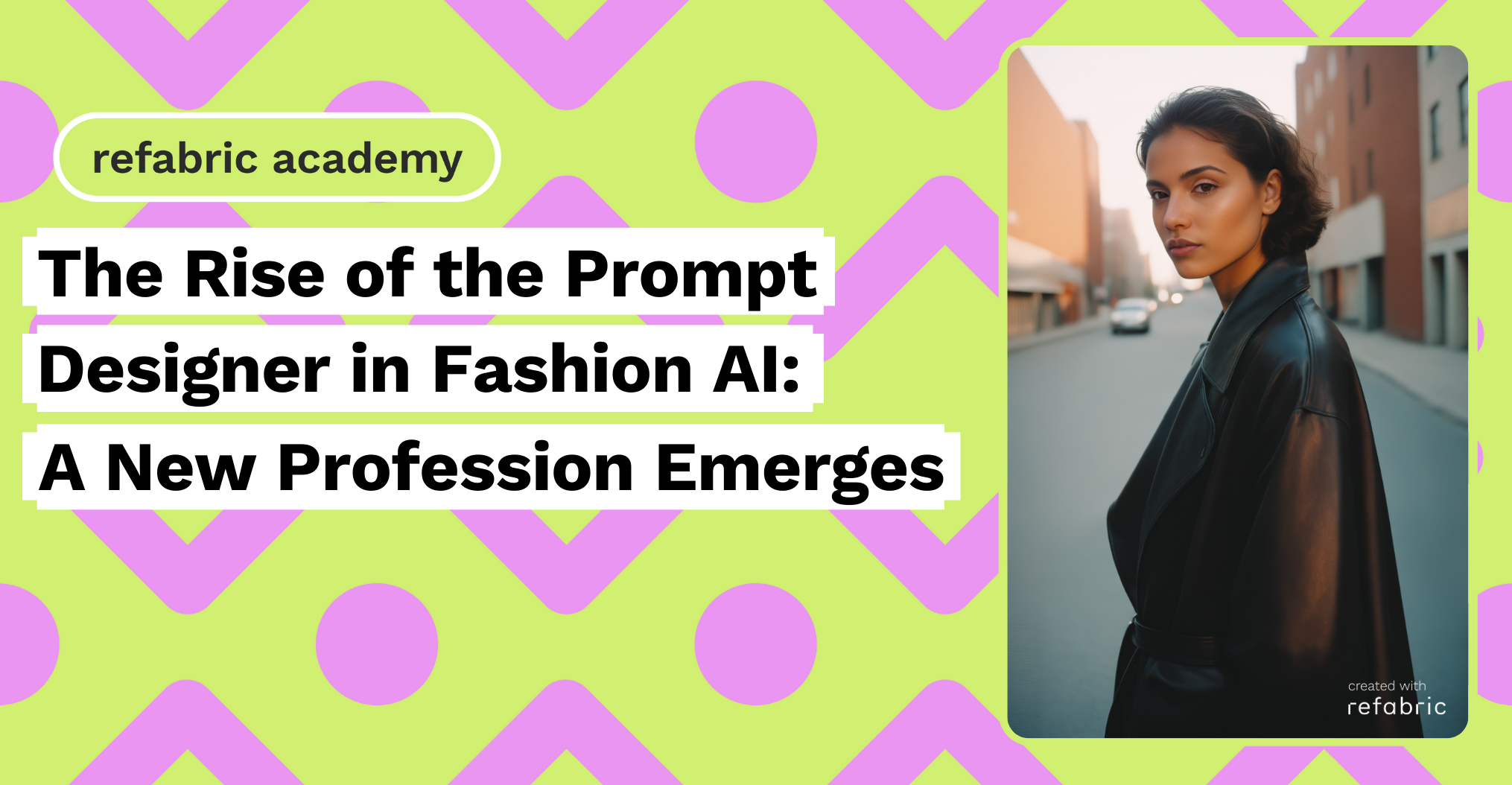In the fast-evolving world of fashion AI, a new profession is taking shape—the prompt designer. As fashion houses and digital creators increasingly turn to fashion AI tools to design, create, and generate new ideas, prompt designers are emerging as the key to unlocking the full potential of these powerful systems. But what exactly is a prompt designer, and why is this profession becoming so critical to the future of fashion?
At the heart of this new role is the word prompt. In the realm of fashion AI, a prompt is the command or brief given to the machine—essentially the instructions that guide AI in generating an outcome, whether it’s a virtual design, image, or concept. The clearer, more thoughtful, and more precise the prompt, the better the results from the AI software. In many ways, prompt designers serve as the translators between human creativity and machine interpretation, guiding AI to produce outputs that are both innovative and reflective of the designer’s vision.
For those unfamiliar with the world of fashion AI, the idea of a prompt might seem esoteric, akin to a cryptic mantra or an oracle-like riddle. On the other hand, it might also be dismissed as the domain of “tech nerds.” In reality, the prompt is much more than that. It is the formula that bridges the gap between science and humanistic culture, between creativity and technology. The art of writing a good prompt lies in understanding both the technical workings of fashion AI and the artistic or emotional nuances of fashion.
The Importance of Clear Prompts in AI-Driven Fashion
The fashion industry is no stranger to innovation. From textiles to marketing, technology has always been a driving force in the evolution of design. But with fashion AI now capable of generating detailed fashion sketches, virtual showrooms, and even fully realized garments, the need for precise and thoughtful prompts has never been greater. A well-crafted prompt can unlock endless creative possibilities, allowing fashion AI to explore aesthetic directions, test new fabrics, and present concepts that might otherwise be impossible.
For instance, in Etro’s Spring 2024 campaign, Marco De Vincenzo, the brand’s creative director, collaborated with Silvia Badalotti, a digital artist and prompt designer. Together, they worked on creating surreal and otherworldly environments as backdrops for Etro’s latest designs. By carefully crafting text prompts, Badalotti was able to guide the AI in generating visual “rooms” that enhanced the presentation of the garments. These digital rooms weren’t just random creations; they were the result of meticulously written instructions that allowed the AI to craft an aesthetic both aligned with Etro’s brand identity and De Vincenzo’s artistic vision.
Badalotti’s role in the process wasn’t just about inputting commands into a machine. She needed to understand the deeper artistic intention behind De Vincenzo’s collection and translate that into prompts that AI could interpret. Her prompts weren’t merely technical—they were expressions of creativity and storytelling, guiding the AI to blend art with algorithm. This example illustrates the power of prompt design: it transforms fashion AI from a simple tool into a co-creator in the fashion design process.
